URBAN TRIBE
Art directing for the hypothetical exhibition at MOMA in New York and designing catalog book
Art directing for the hypothetical exhibition at MOMA in New York and designing catalog book
Art directing for the hypothetical exhibition at MOMA in New York and designing catalog book
Art directing for the hypothetical exhibition at MOMA in New York and designing catalog book
Art directing for the hypothetical exhibition at MOMA in New York and designing catalog book
Special Thanks to Stephen Serrato
Special Thanks to Stephen Serrato
Special Thanks to Stephen Serrato
Special Thanks to Stephen Serrato
Special Thanks to Stephen Serrato
In Korea, plastic surgery is very common for women in their twenties and thirties. For most, it is a rite of passage before getting into university, as their appearance is judged by their peers. It's popular knowledge that due to celebrities with flawless bodies as seen on tv, many young women opt for surgery and, as a result, the Korean beauty industry is highly developed, raking in annual profits of five trillion dollars. When I went for a consultation at the plastic surgeon's, he recommended I consider blepharoplasty to make my eyes bigger, along with rhinoplasty for a pointier nose, both of which I rejected when I saw the nurse whose face was so awkward and unnatural. My perception of the function of one's appearance, or of our entire human body, altered from that day forward. What is the function of a human body? Is it for showing off to others, or only the shell of our souls to help us move? What is the body for? This book asks the same questions to several artists in their urban settings, including Ji Yeo, Walter van Beirendonck, Kyung Hwa Lee, Rebecca Horn, Melanie Bonajo, Miru Kim, Bill Viola, and Ana Mendieta.
In Korea, plastic surgery is very common for women in their twenties and thirties. For most, it is a rite of passage before getting into university, as their appearance is judged by their peers. It's popular knowledge that due to celebrities with flawless bodies as seen on tv, many young women opt for surgery and, as a result, the Korean beauty industry is highly developed, raking in annual profits of five trillion dollars. When I went for a consultation at the plastic surgeon's, he recommended I consider blepharoplasty to make my eyes bigger, along with rhinoplasty for a pointier nose, both of which I rejected when I saw the nurse whose face was so awkward and unnatural. My perception of the function of one's appearance, or of our entire human body, altered from that day forward. What is the function of a human body? Is it for showing off to others, or only the shell of our souls to help us move? What is the body for? This book asks the same questions to several artists in their urban settings, including Ji Yeo, Walter van Beirendonck, Kyung Hwa Lee, Rebecca Horn, Melanie Bonajo, Miru Kim, Bill Viola, and Ana Mendieta.
In Korea, plastic surgery is very common for women in their twenties and thirties. For most, it is a rite of passage before getting into university, as their appearance is judged by their peers. It's popular knowledge that due to celebrities with flawless bodies as seen on tv, many young women opt for surgery and, as a result, the Korean beauty industry is highly developed, raking in annual profits of five trillion dollars. When I went for a consultation at the plastic surgeon's, he recommended I consider blepharoplasty to make my eyes bigger, along with rhinoplasty for a pointier nose, both of which I rejected when I saw the nurse whose face was so awkward and unnatural. My perception of the function of one's appearance, or of our entire human body, altered from that day forward. What is the function of a human body? Is it for showing off to others, or only the shell of our souls to help us move? What is the body for? This book asks the same questions to several artists in their urban settings, including Ji Yeo, Walter van Beirendonck, Kyung Hwa Lee, Rebecca Horn, Melanie Bonajo, Miru Kim, Bill Viola, and Ana Mendieta.
In Korea, plastic surgery is very common for women in their twenties and thirties. For most, it is a rite of passage before getting into university, as their appearance is judged by their peers. It's popular knowledge that due to celebrities with flawless bodies as seen on tv, many young women opt for surgery and, as a result, the Korean beauty industry is highly developed, raking in annual profits of five trillion dollars. When I went for a consultation at the plastic surgeon's, he recommended I consider blepharoplasty to make my eyes bigger, along with rhinoplasty for a pointier nose, both of which I rejected when I saw the nurse whose face was so awkward and unnatural. My perception of the function of one's appearance, or of our entire human body, altered from that day forward. What is the function of a human body? Is it for showing off to others, or only the shell of our souls to help us move? What is the body for? This book asks the same questions to several artists in their urban settings, including Ji Yeo, Walter van Beirendonck, Kyung Hwa Lee, Rebecca Horn, Melanie Bonajo, Miru Kim, Bill Viola, and Ana Mendieta.
In Korea, plastic surgery is very common for women in their twenties and thirties. For most, it is a rite of passage before getting into university, as their appearance is judged by their peers. It's popular knowledge that due to celebrities with flawless bodies as seen on tv, many young women opt for surgery and, as a result, the Korean beauty industry is highly developed, raking in annual profits of five trillion dollars. When I went for a consultation at the plastic surgeon's, he recommended I consider blepharoplasty to make my eyes bigger, along with rhinoplasty for a pointier nose, both of which I rejected when I saw the nurse whose face was so awkward and unnatural. My perception of the function of one's appearance, or of our entire human body, altered from that day forward. What is the function of a human body? Is it for showing off to others, or only the shell of our souls to help us move? What is the body for? This book asks the same questions to several artists in their urban settings, including Ji Yeo, Walter van Beirendonck, Kyung Hwa Lee, Rebecca Horn, Melanie Bonajo, Miru Kim, Bill Viola, and Ana Mendieta.
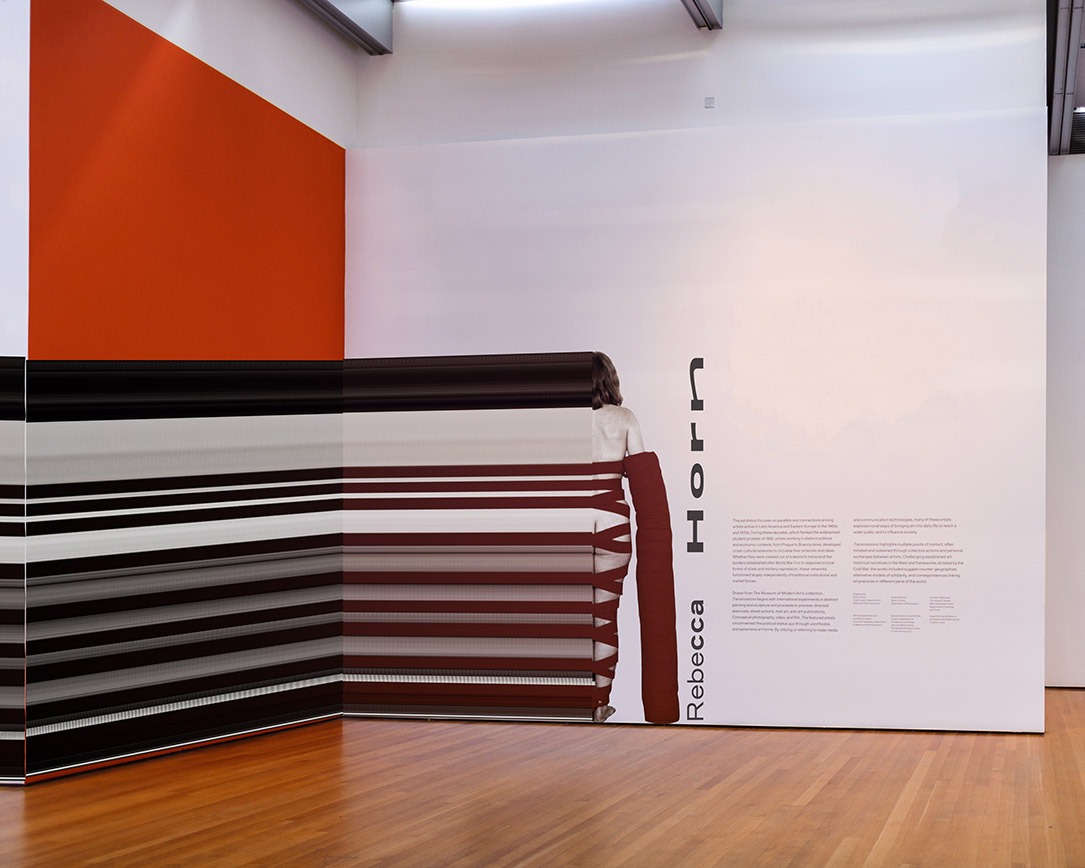
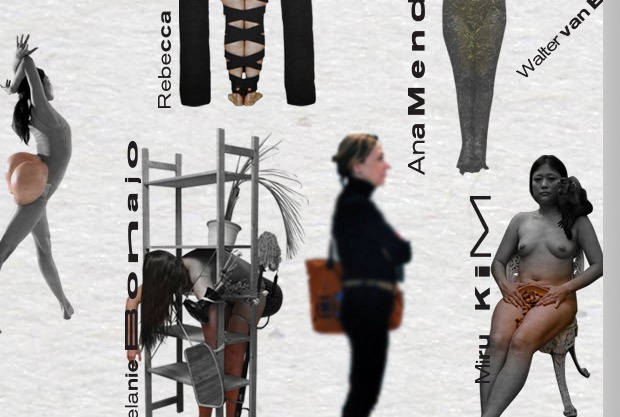
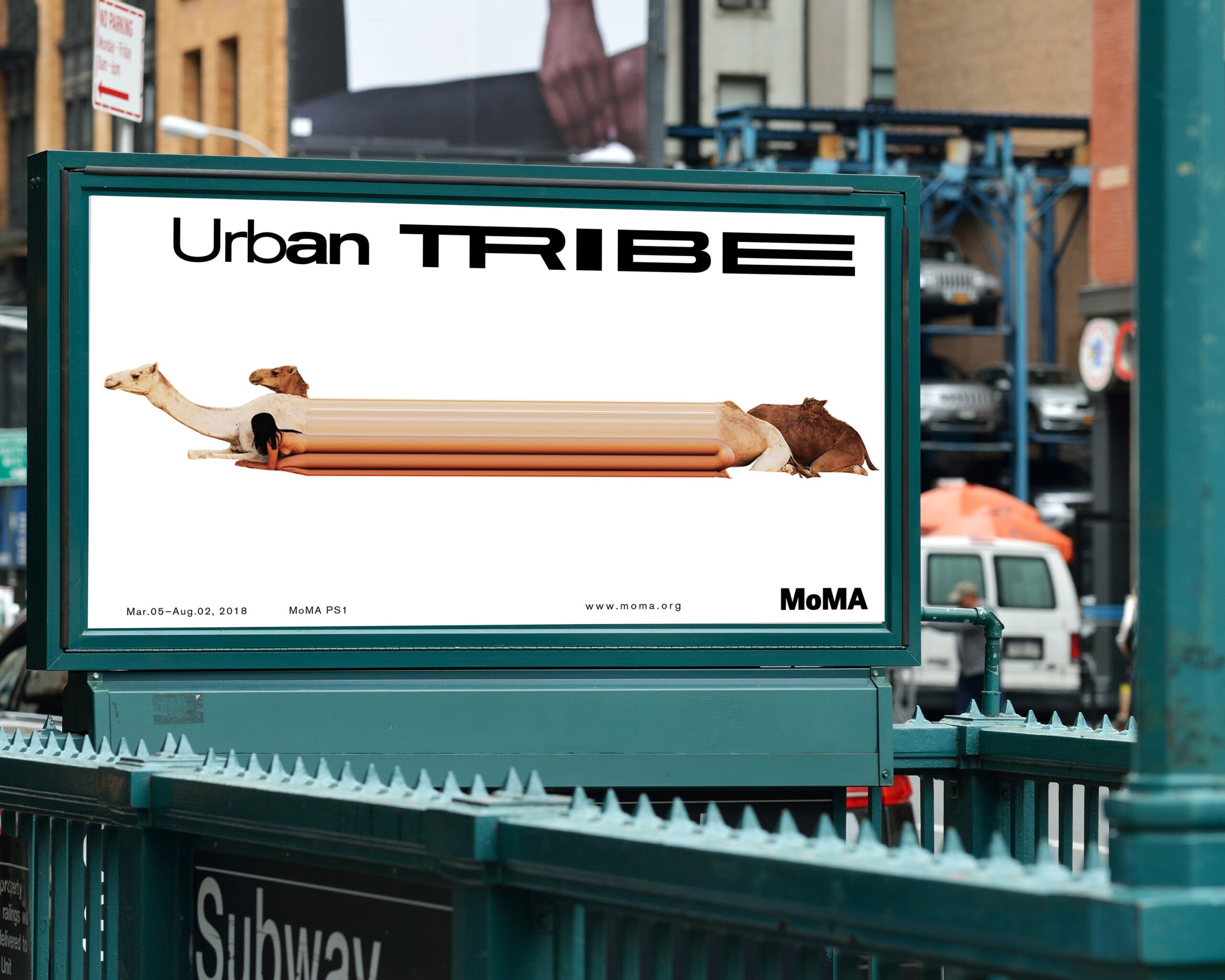
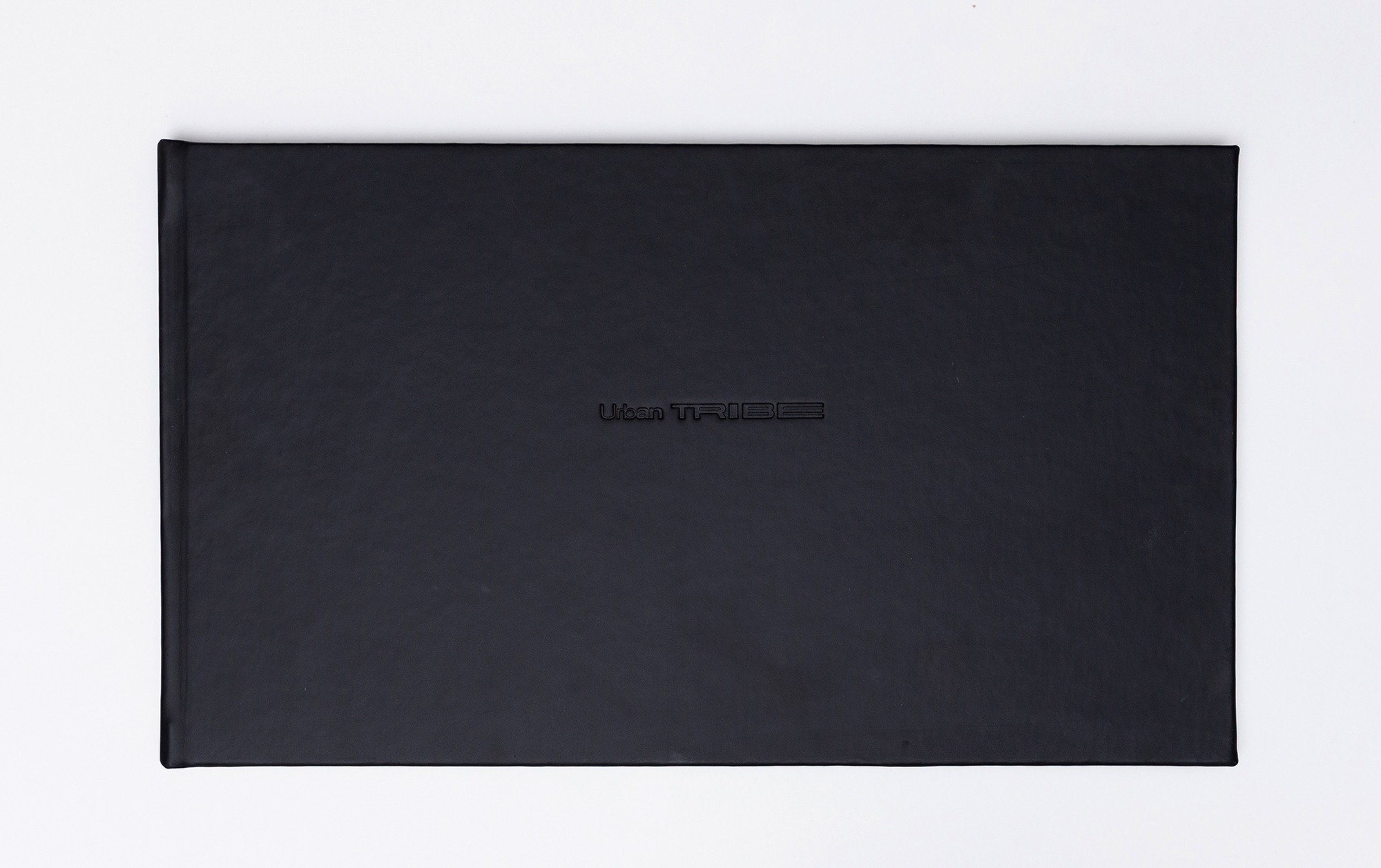

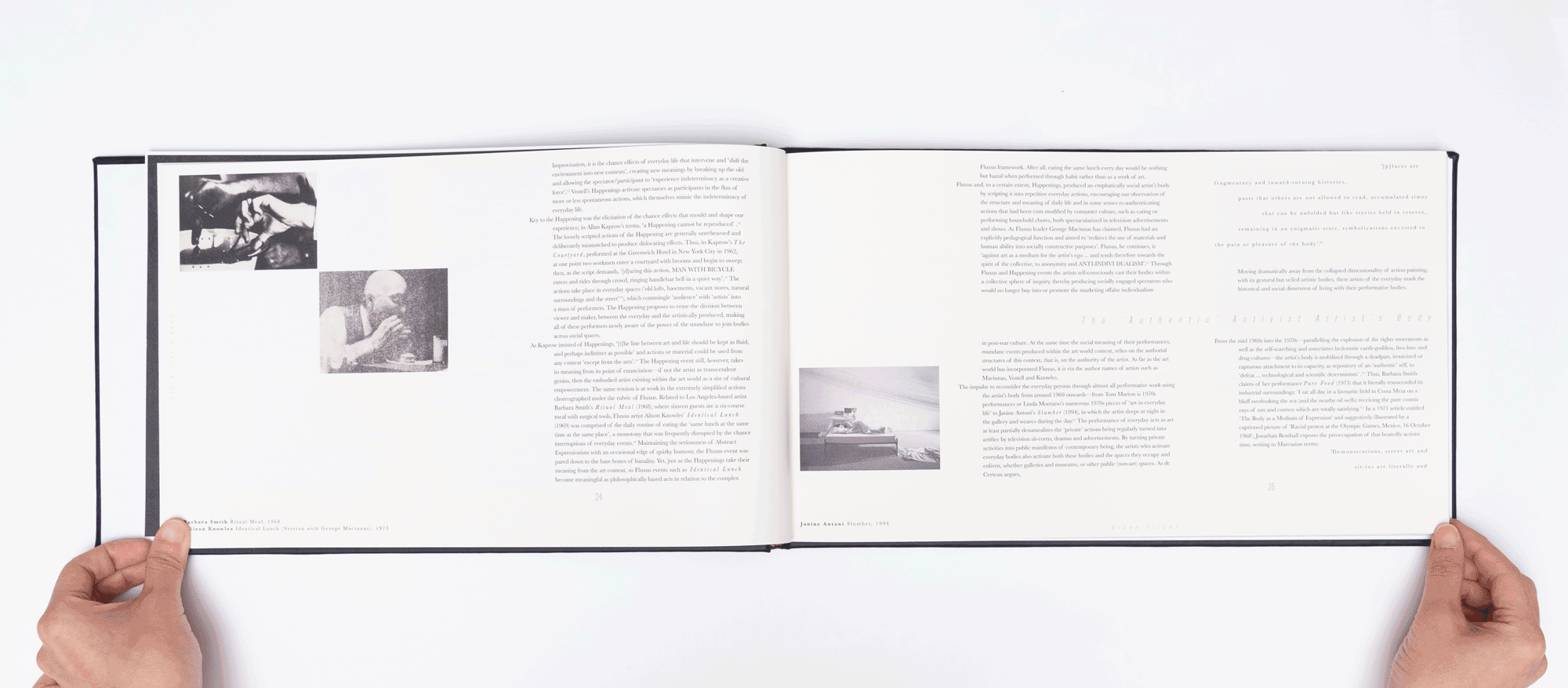
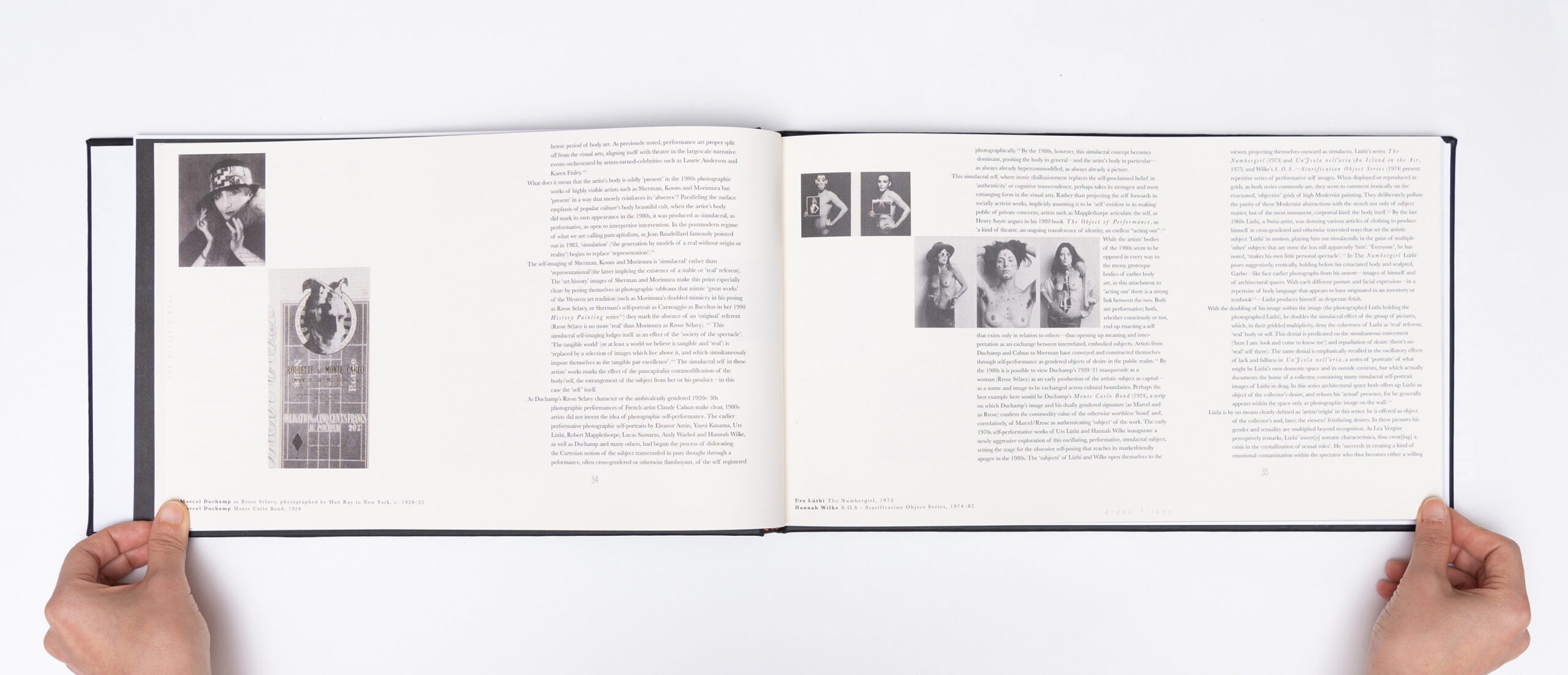
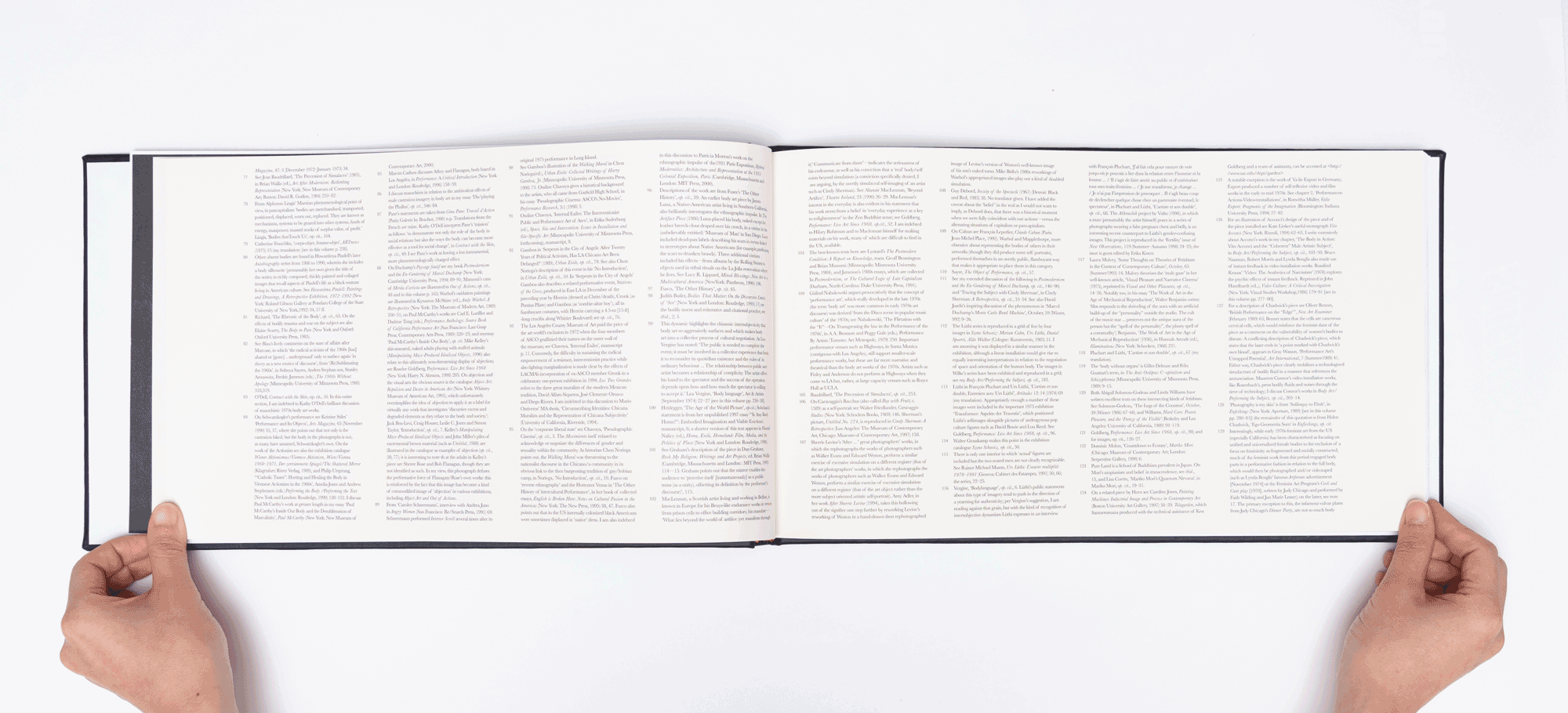
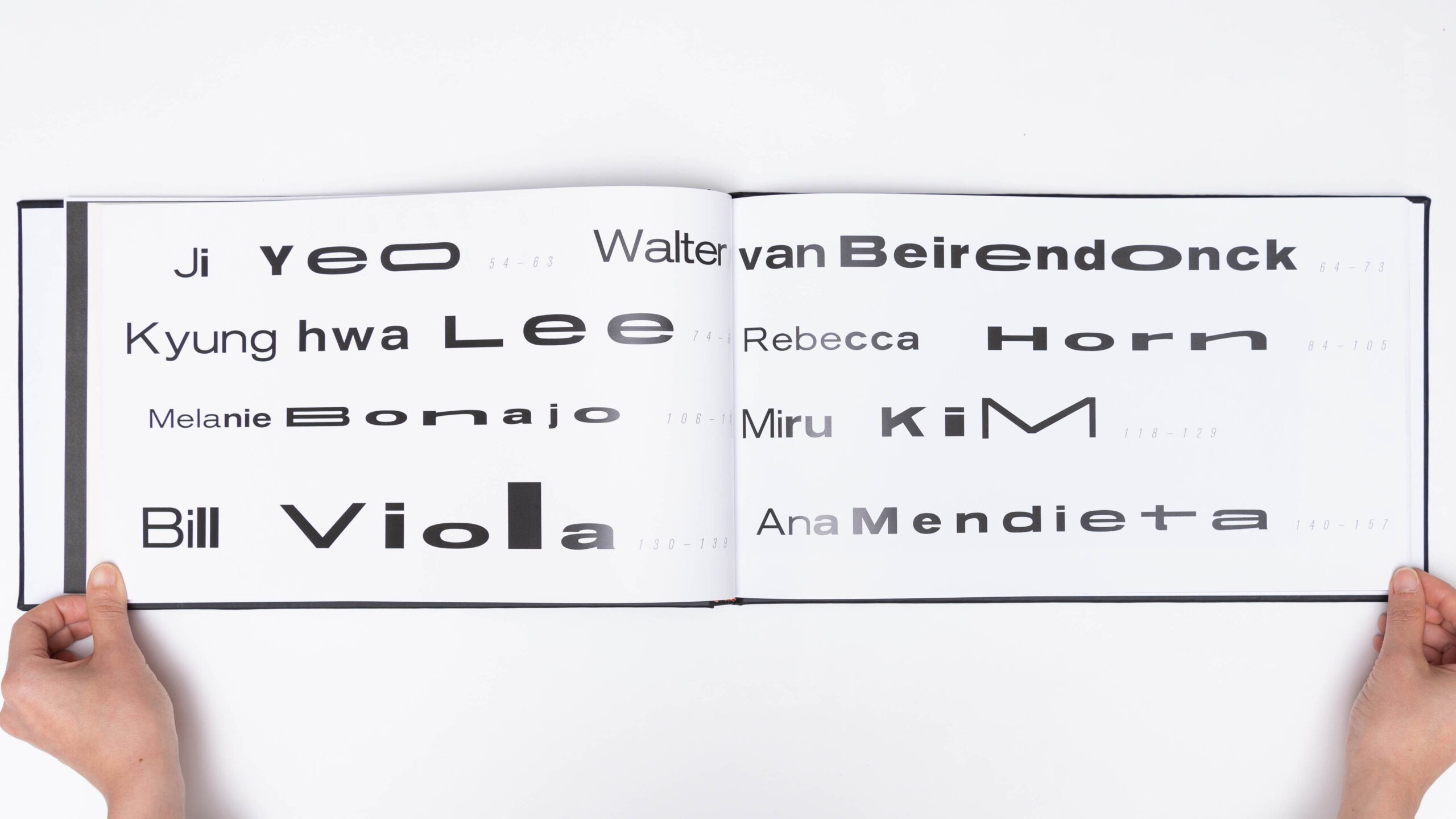
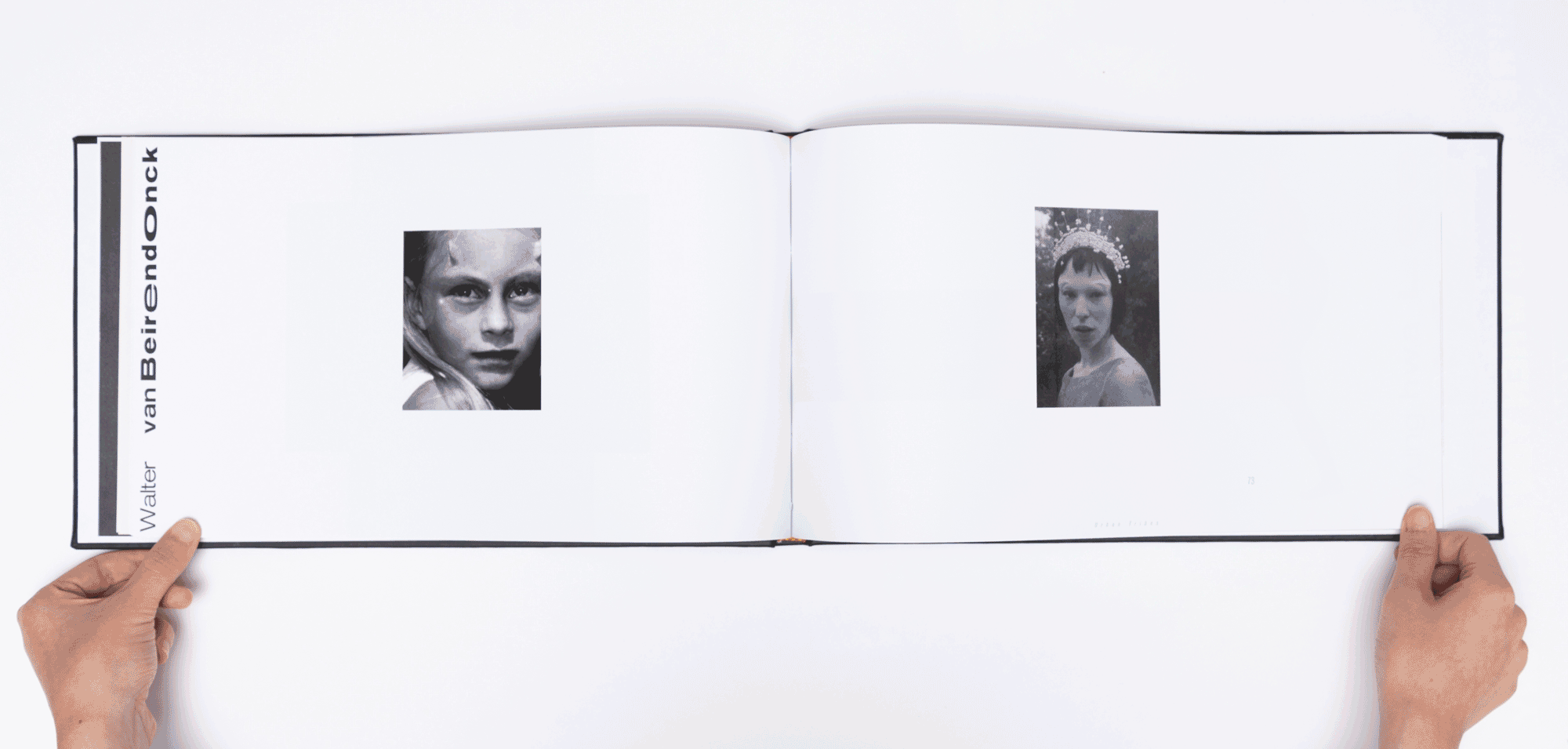
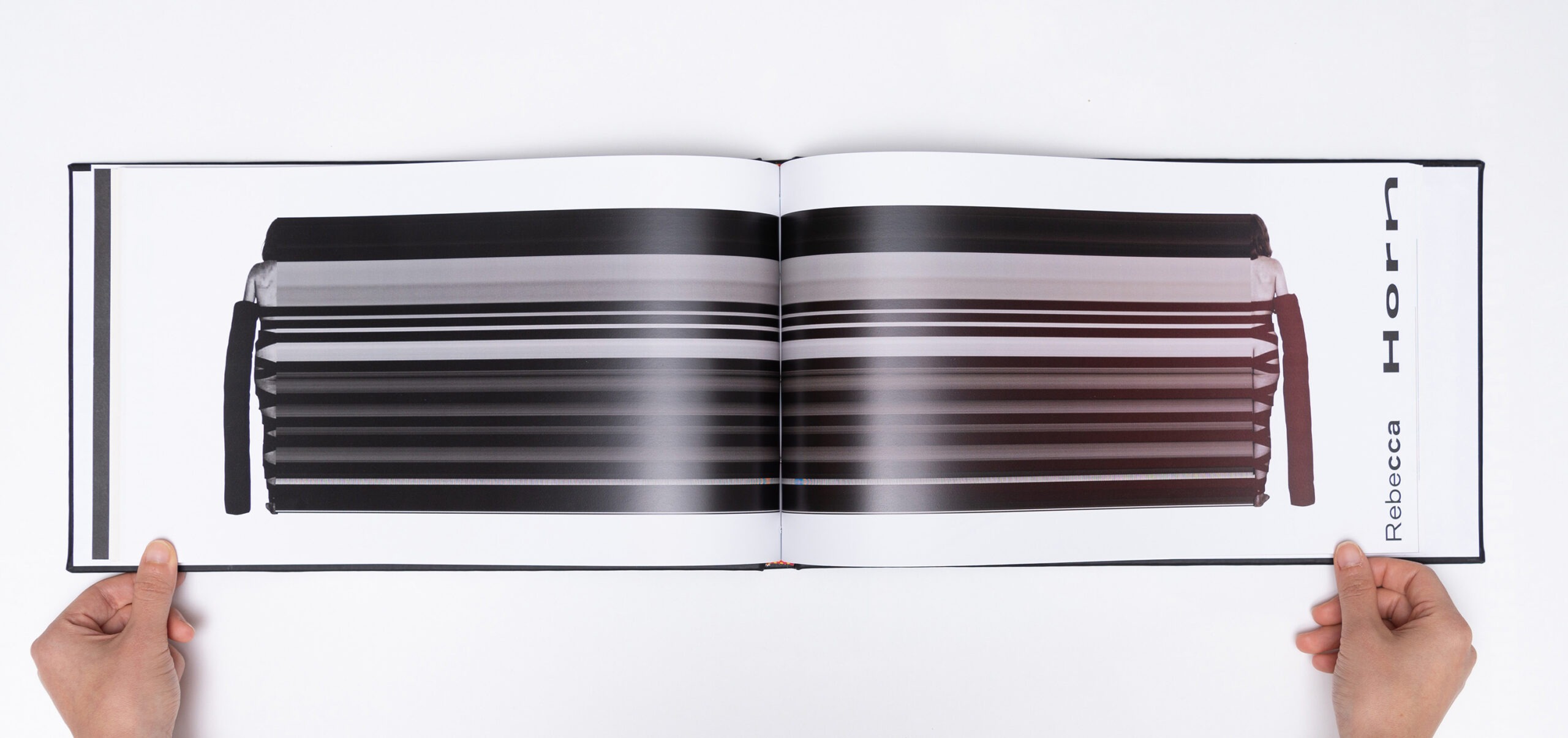
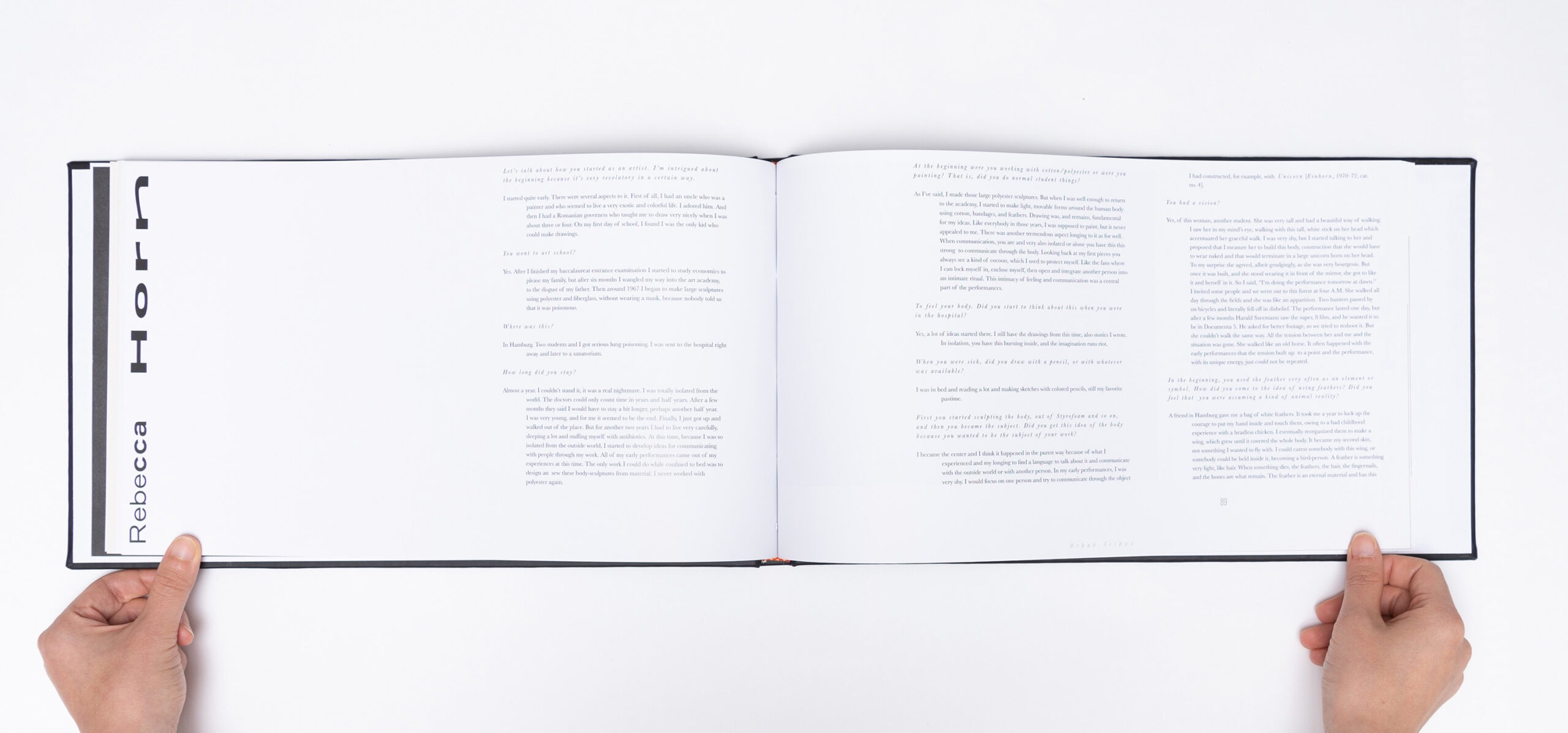
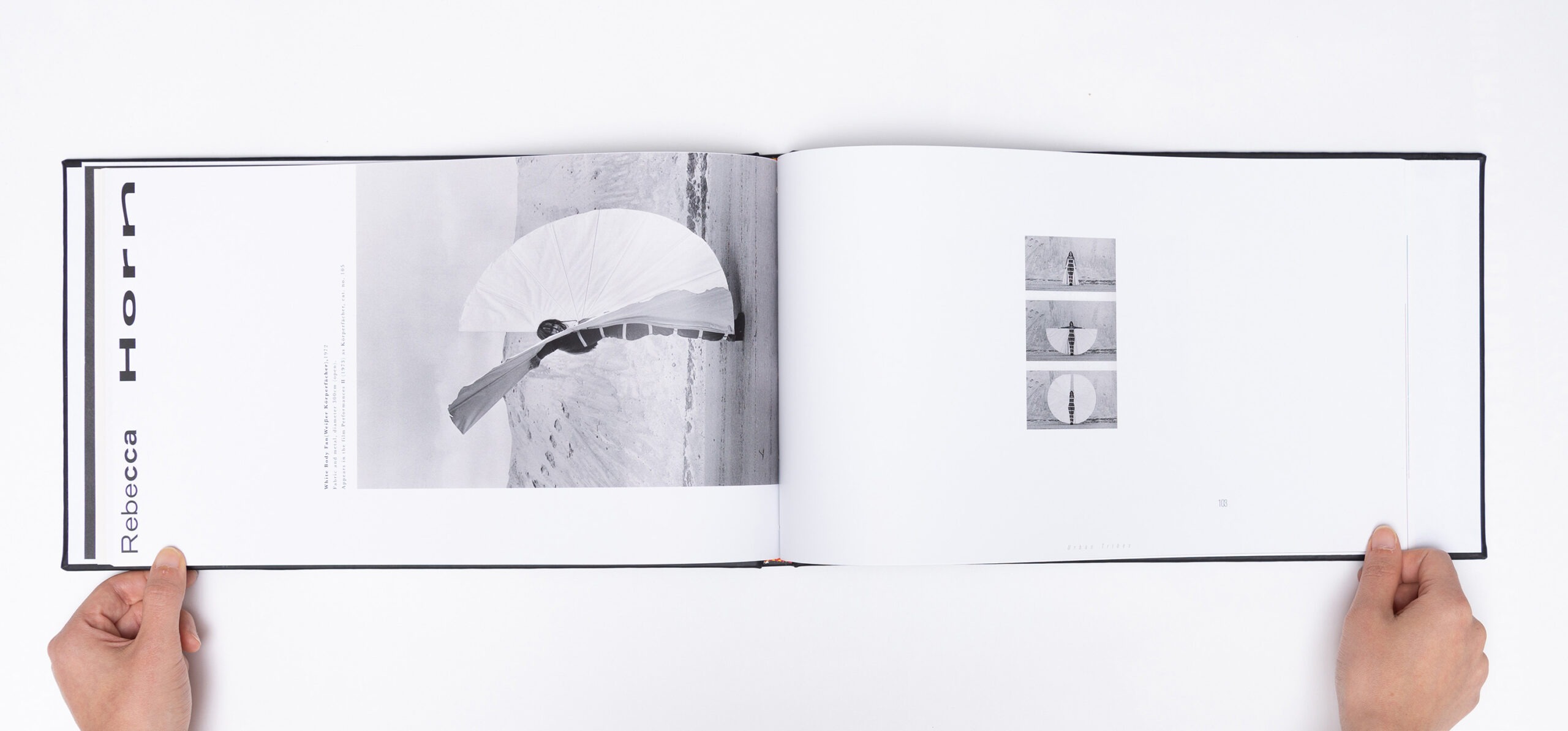
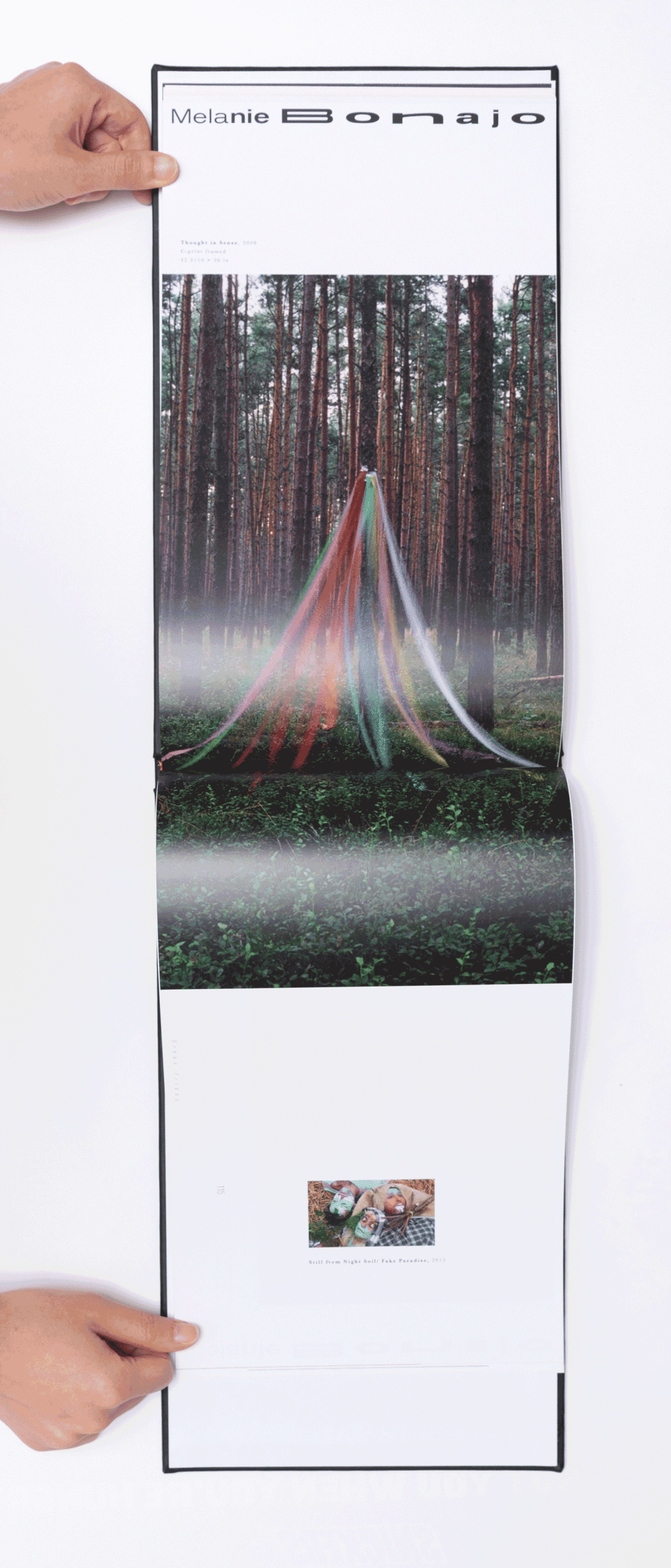
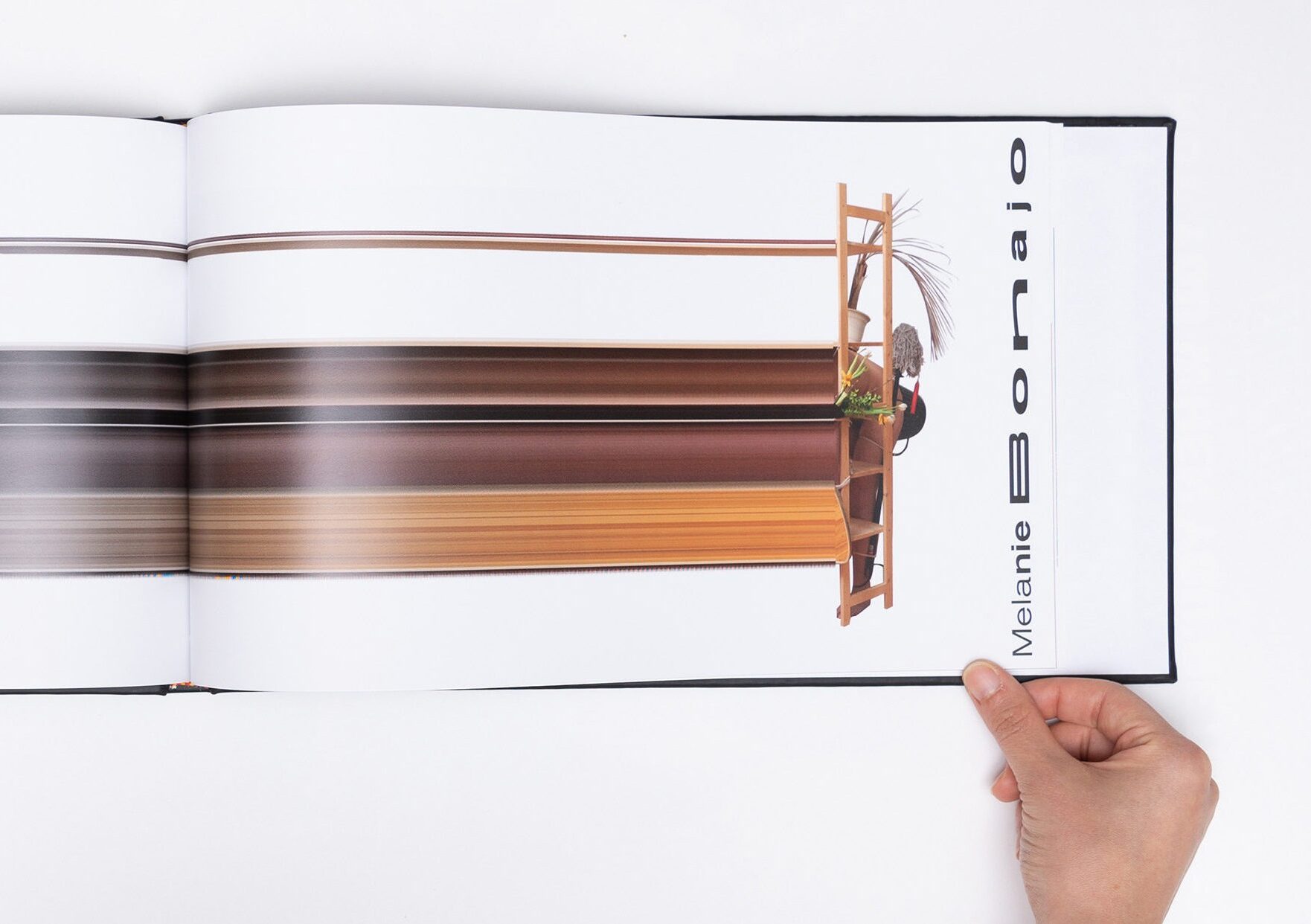
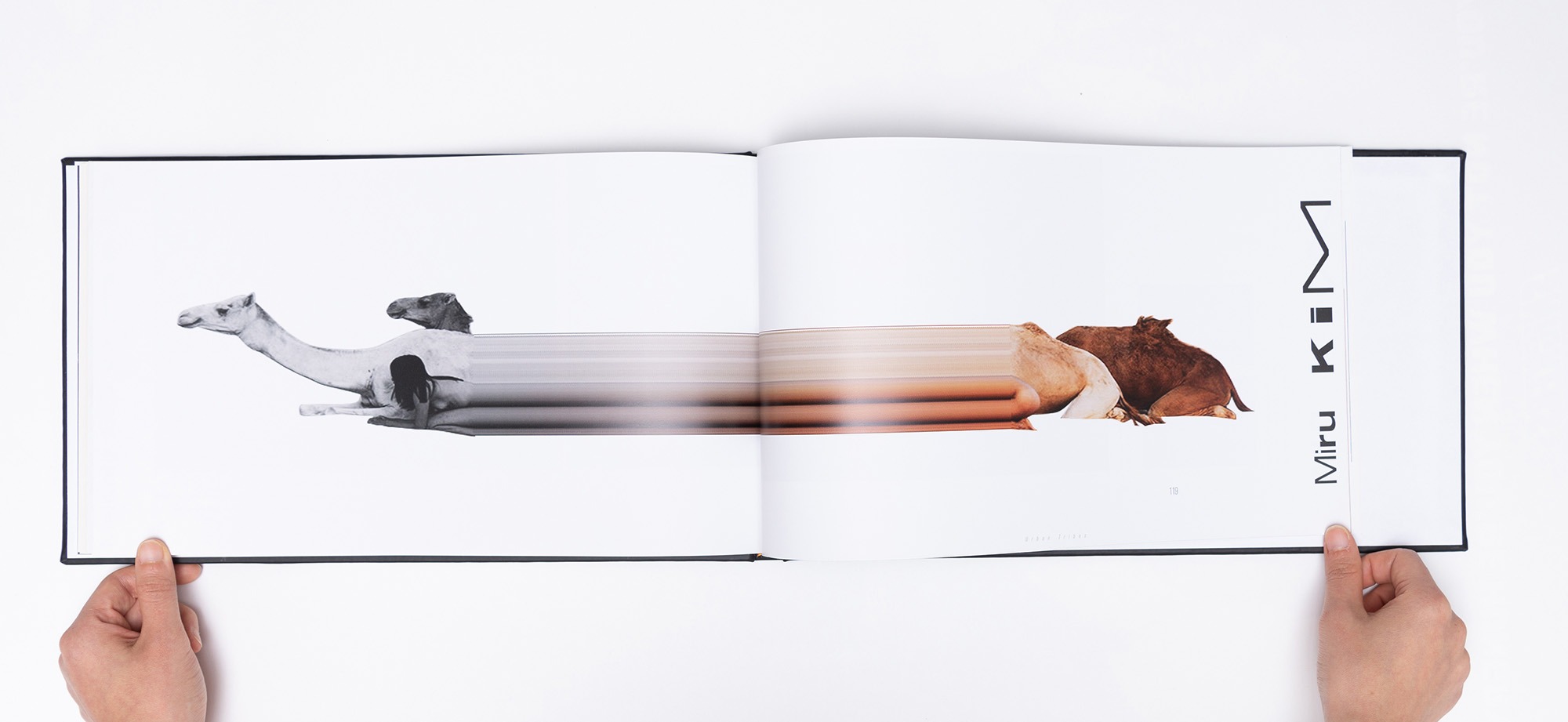
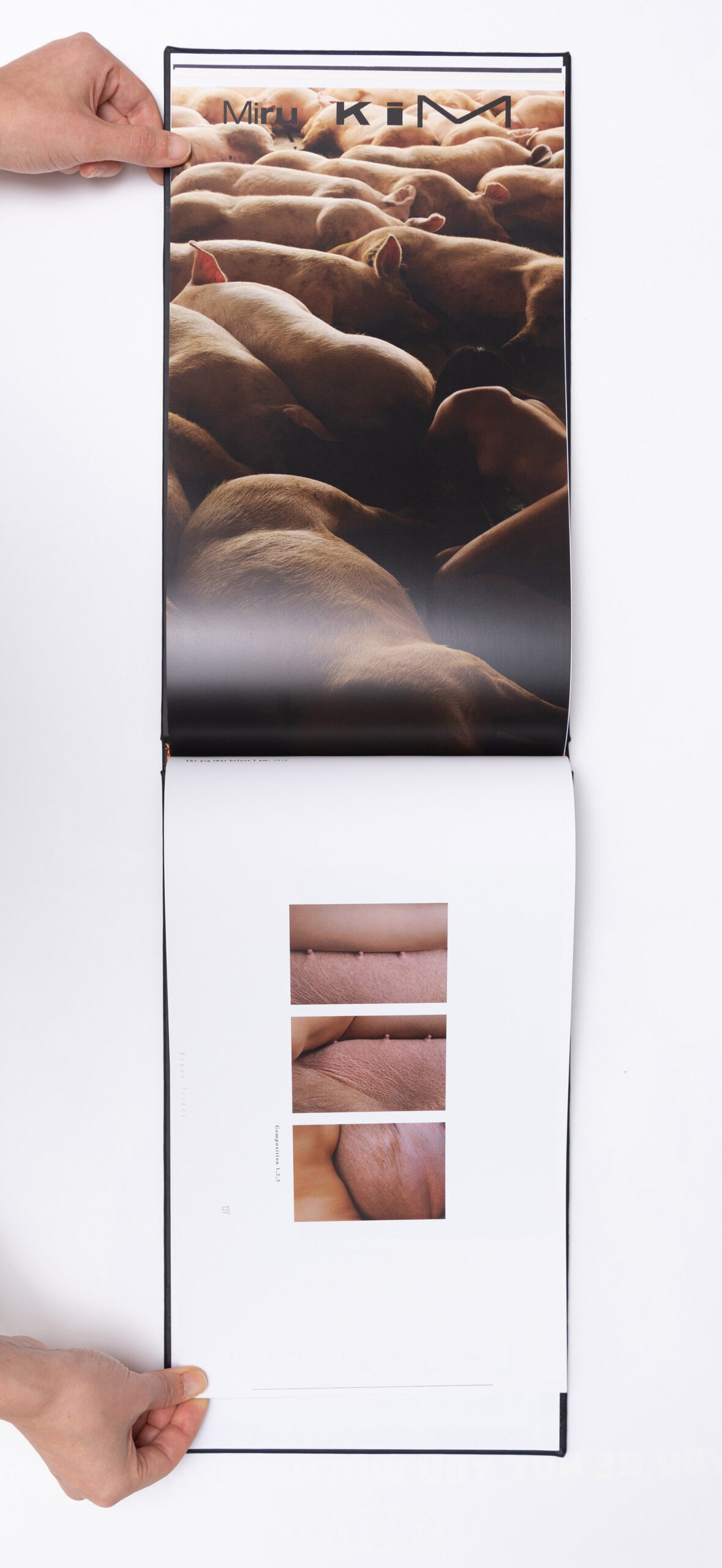
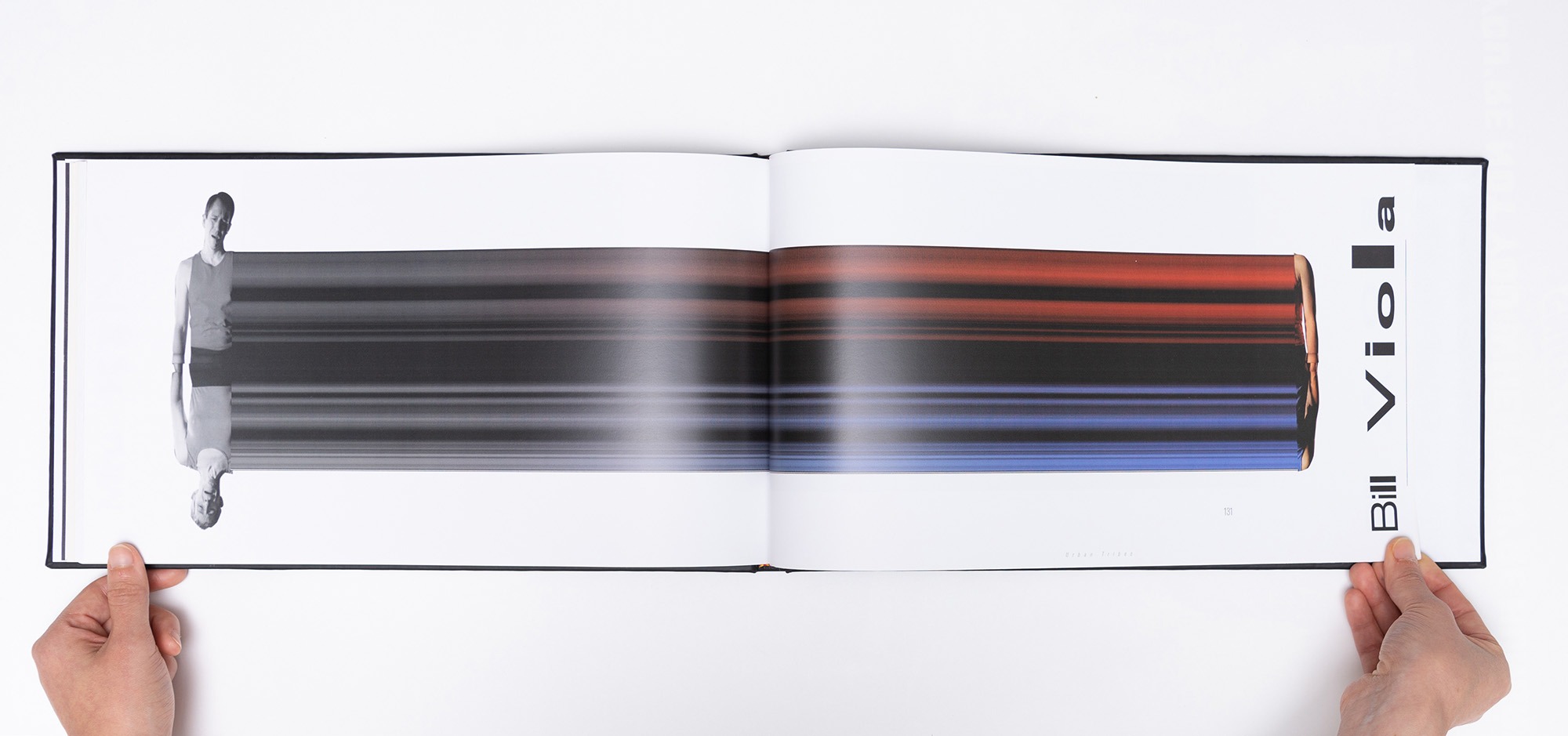
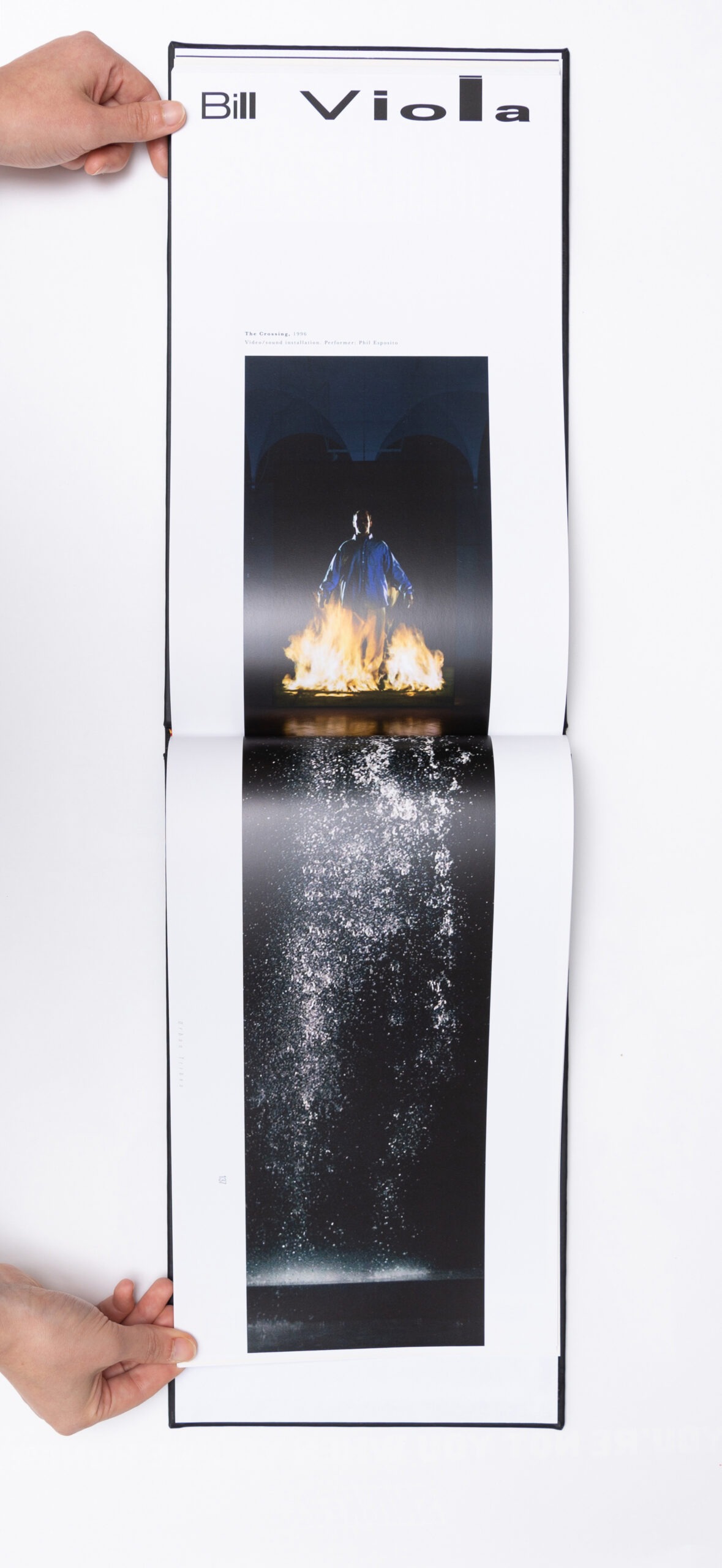
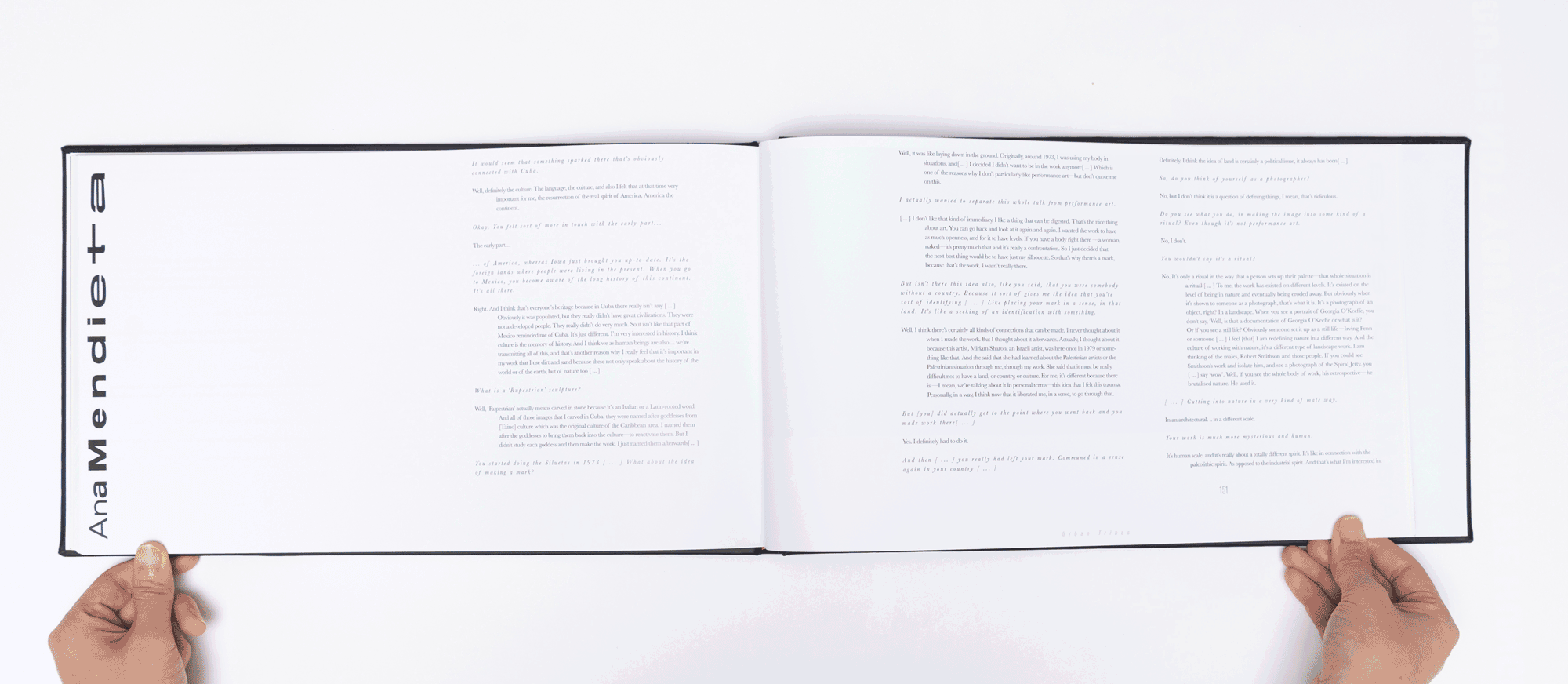

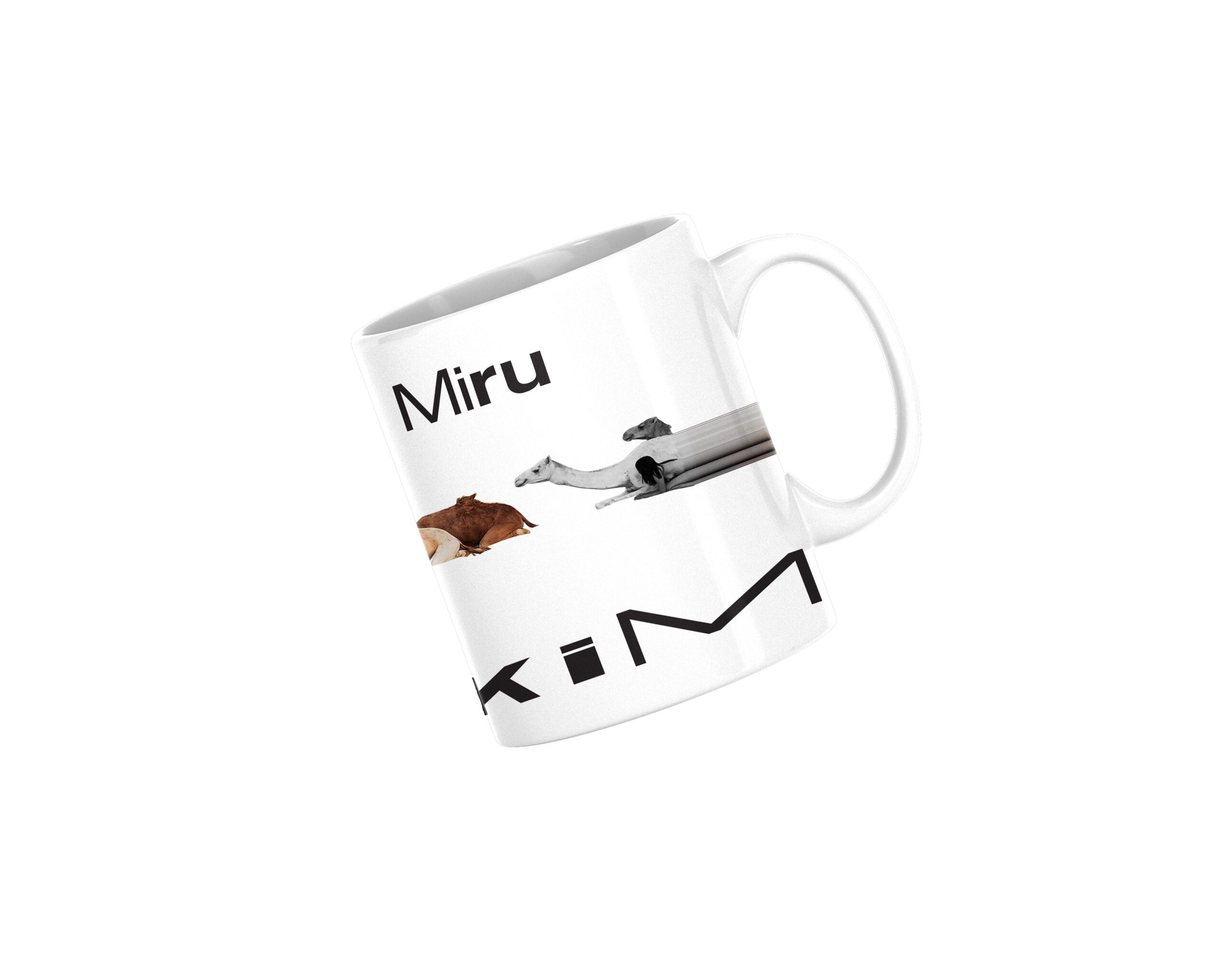
Thank you!
Thank you!
Thank you!
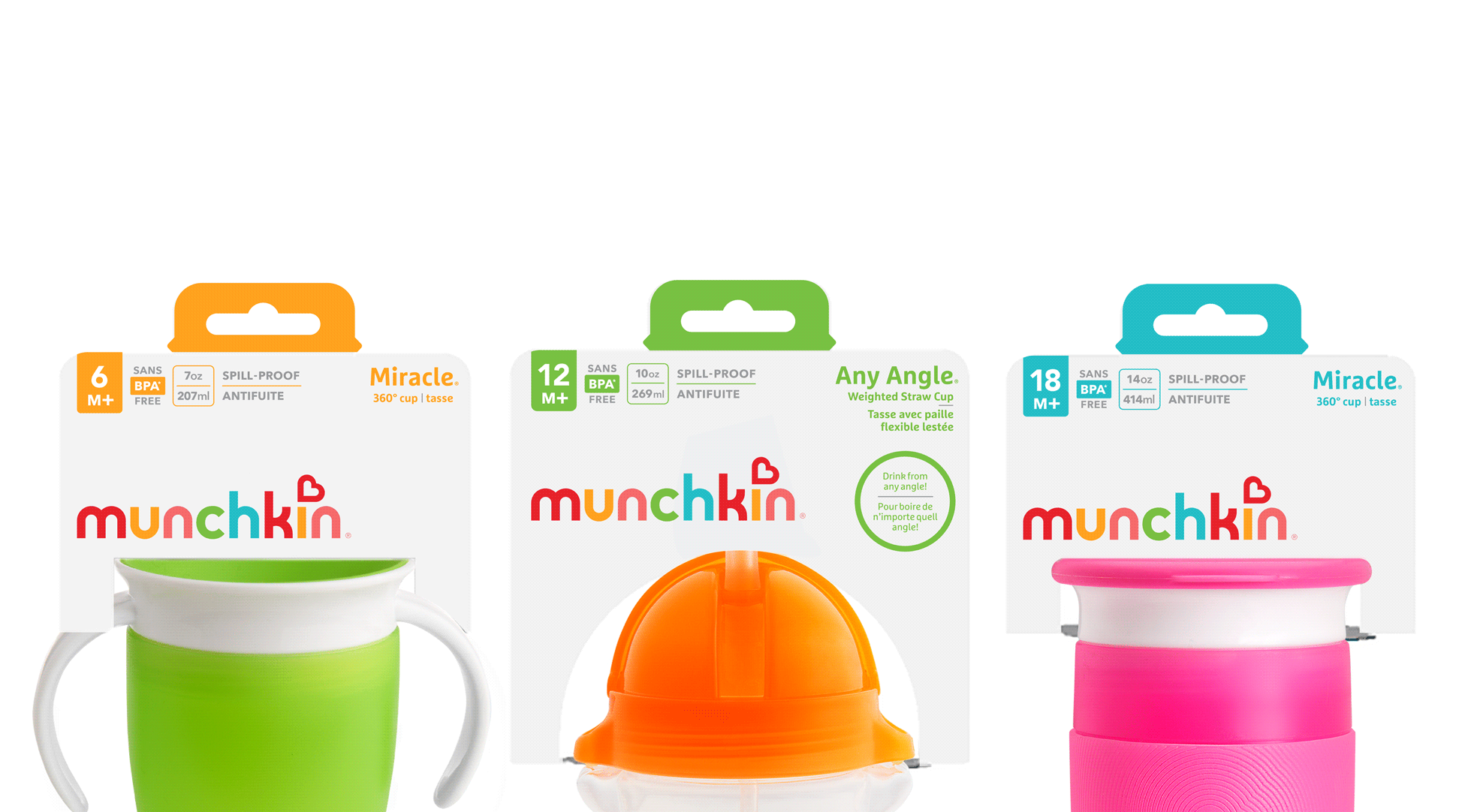
Munchkin RebrandingProject type
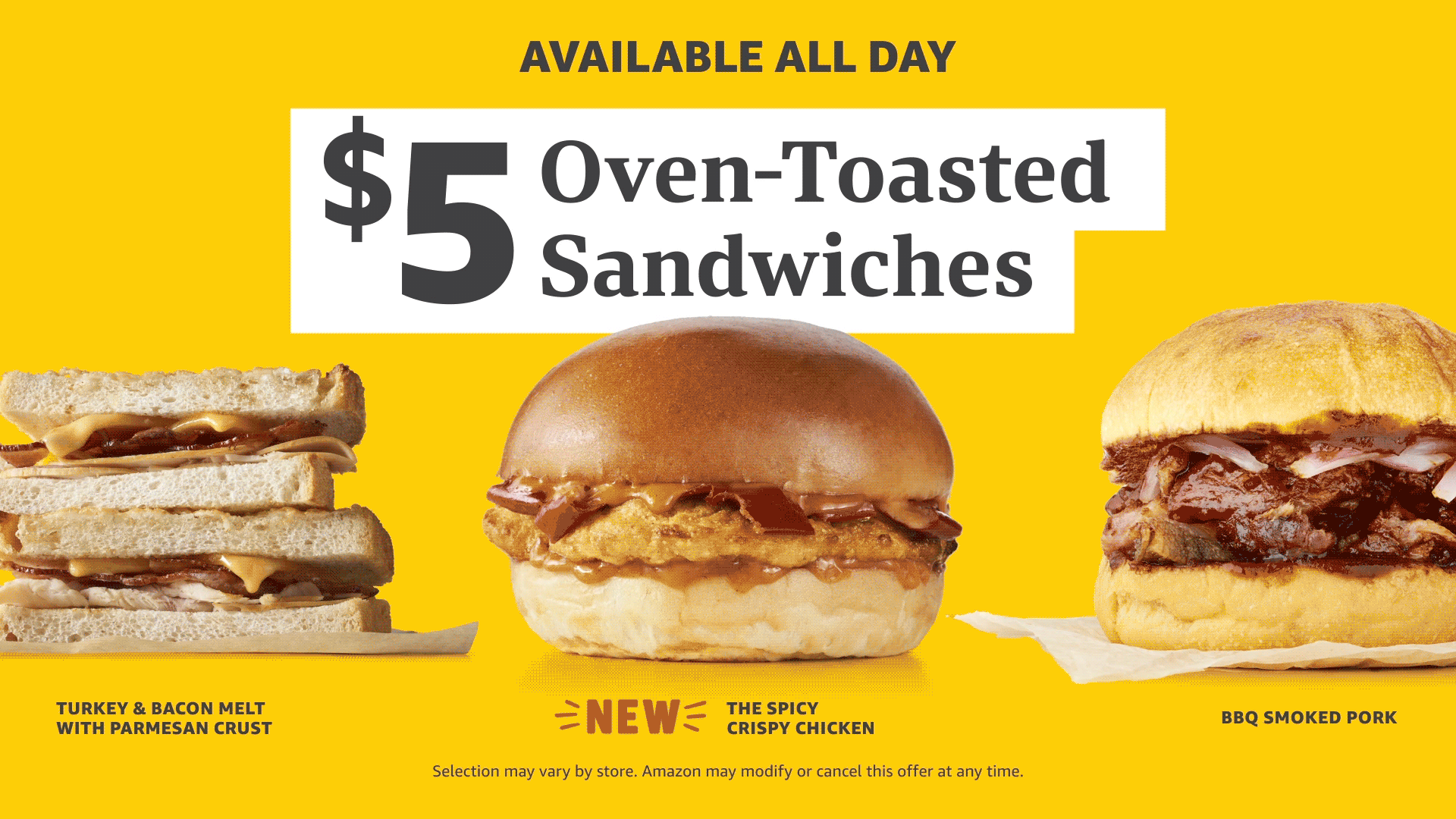
Amazon GoProject type
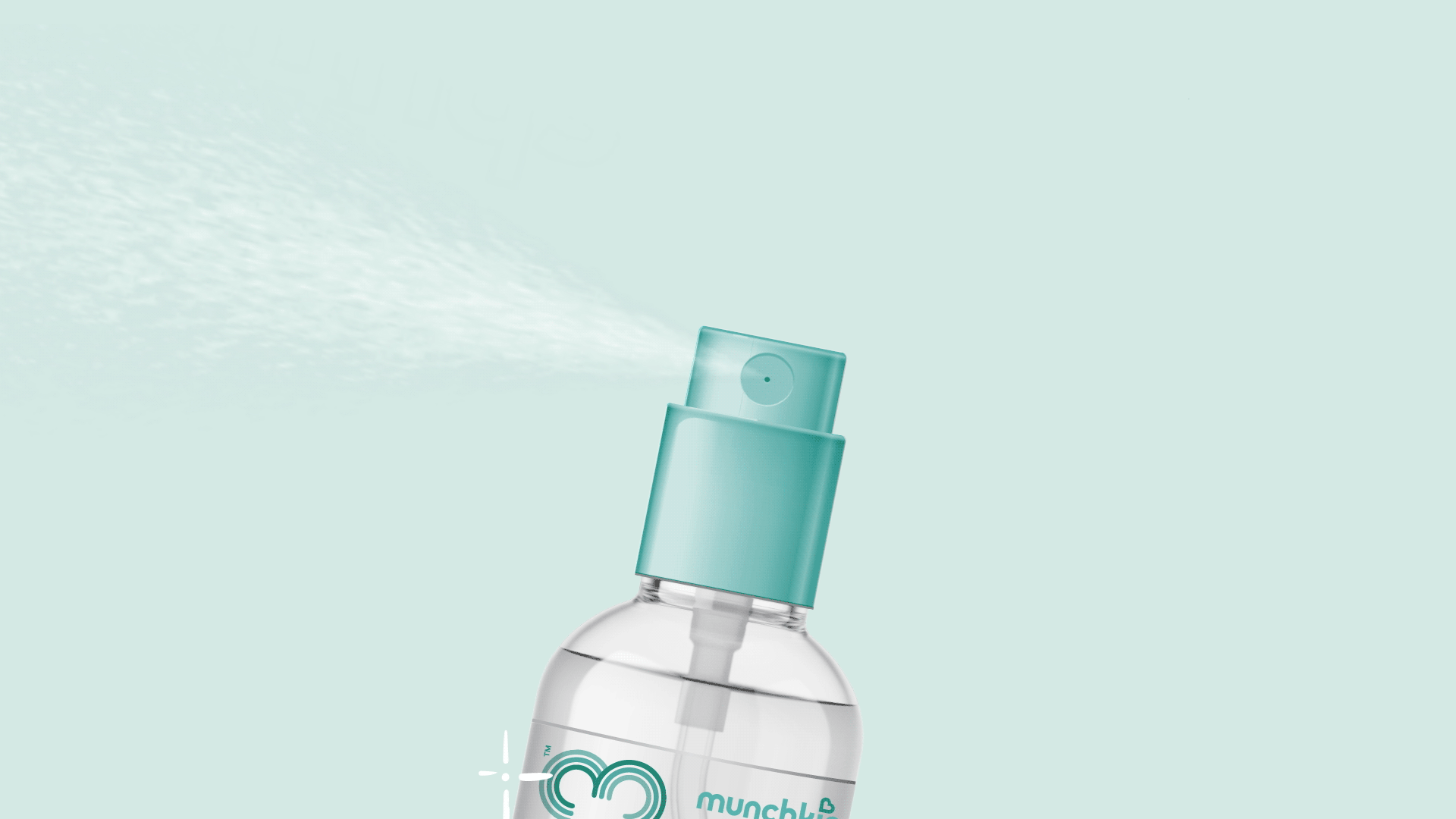
HYPO3Branding

Munchkin WildLoveSustainable packaging, Art Direction

MilkMakersPackaging, Art direction
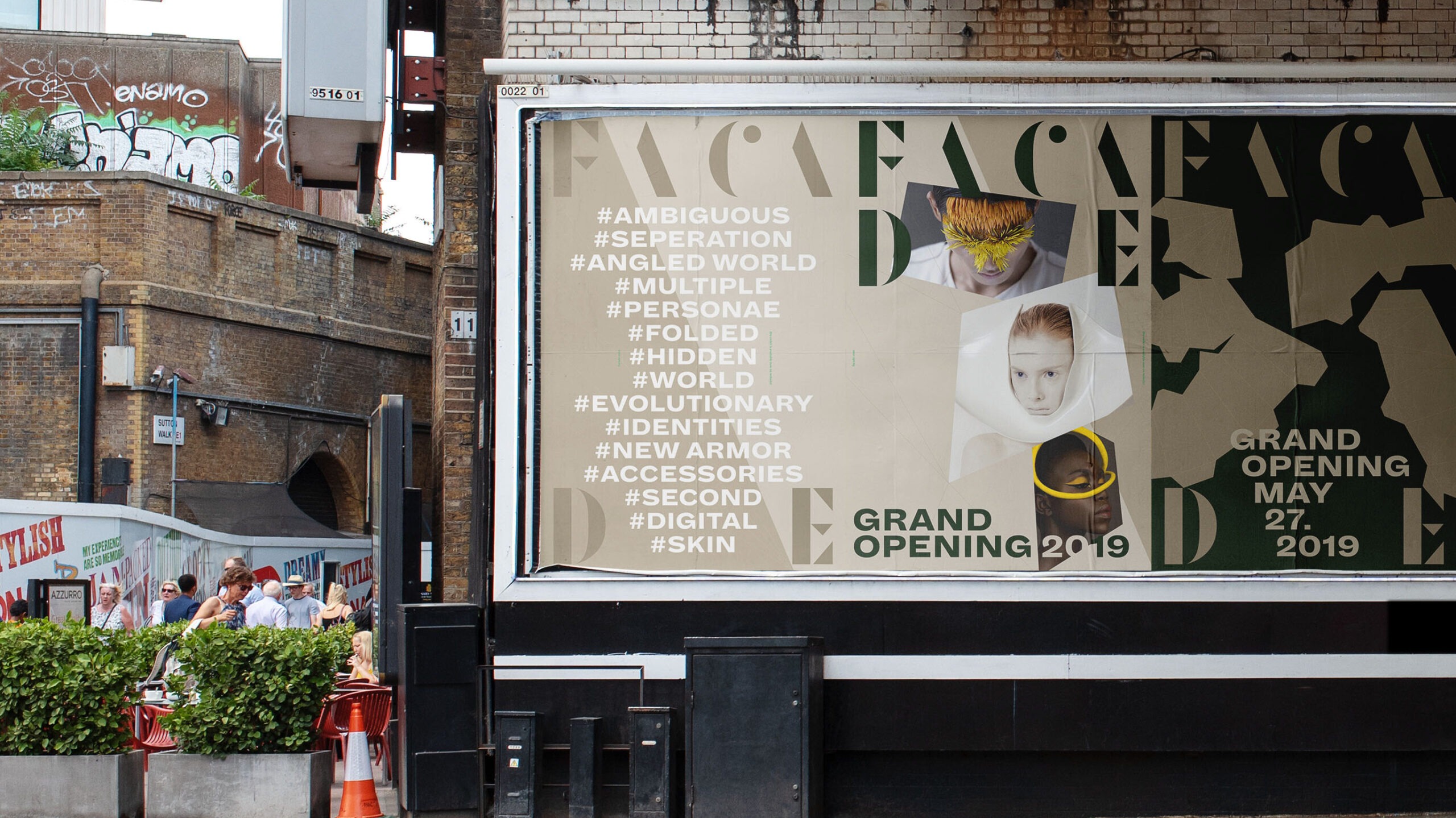
FACADEGrad Thesis, Art Direction
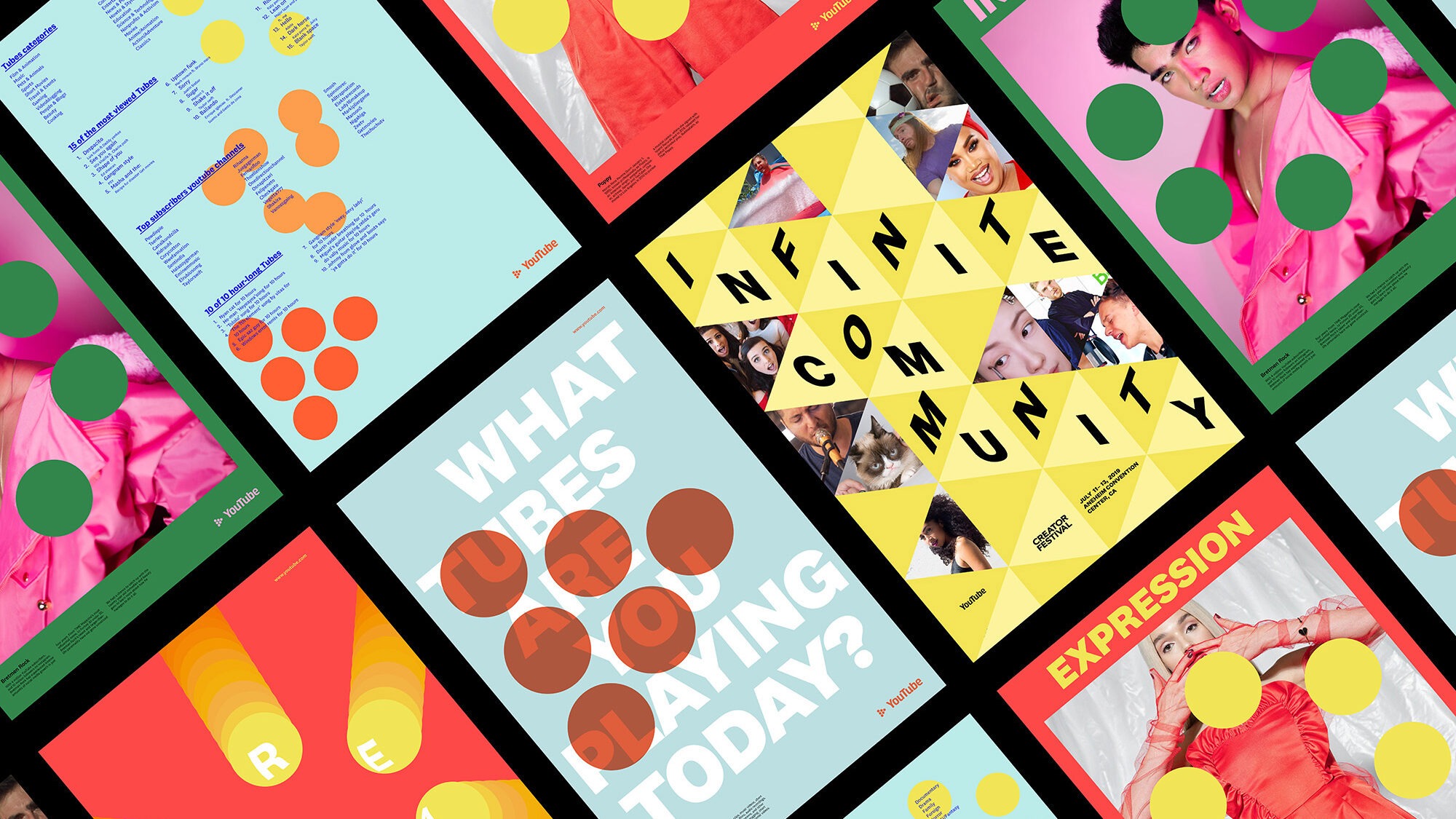
YouTubeBranding, Digital Experience
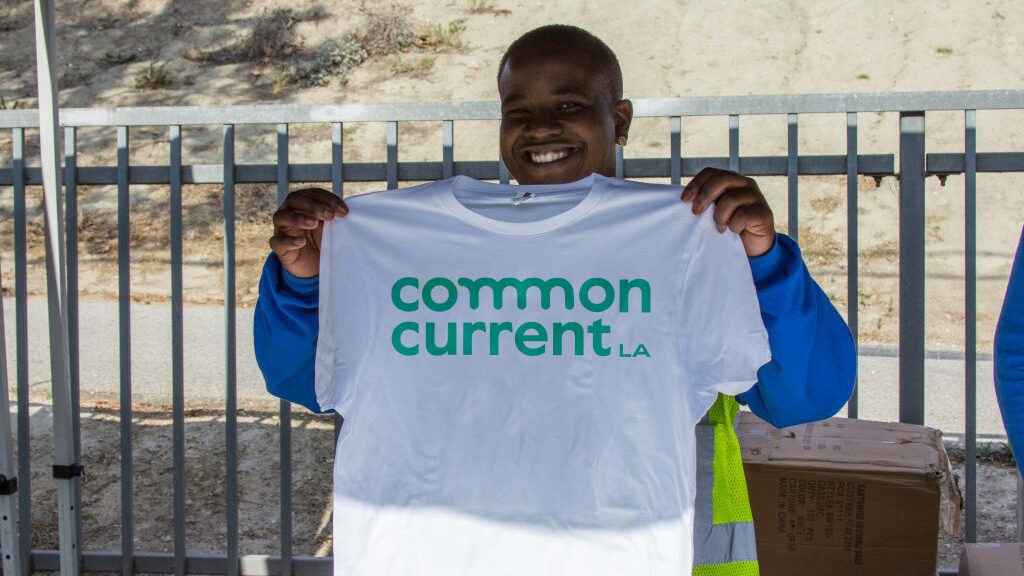
Common Current LABranding, Digital Experience

Urban TribeEditorial design
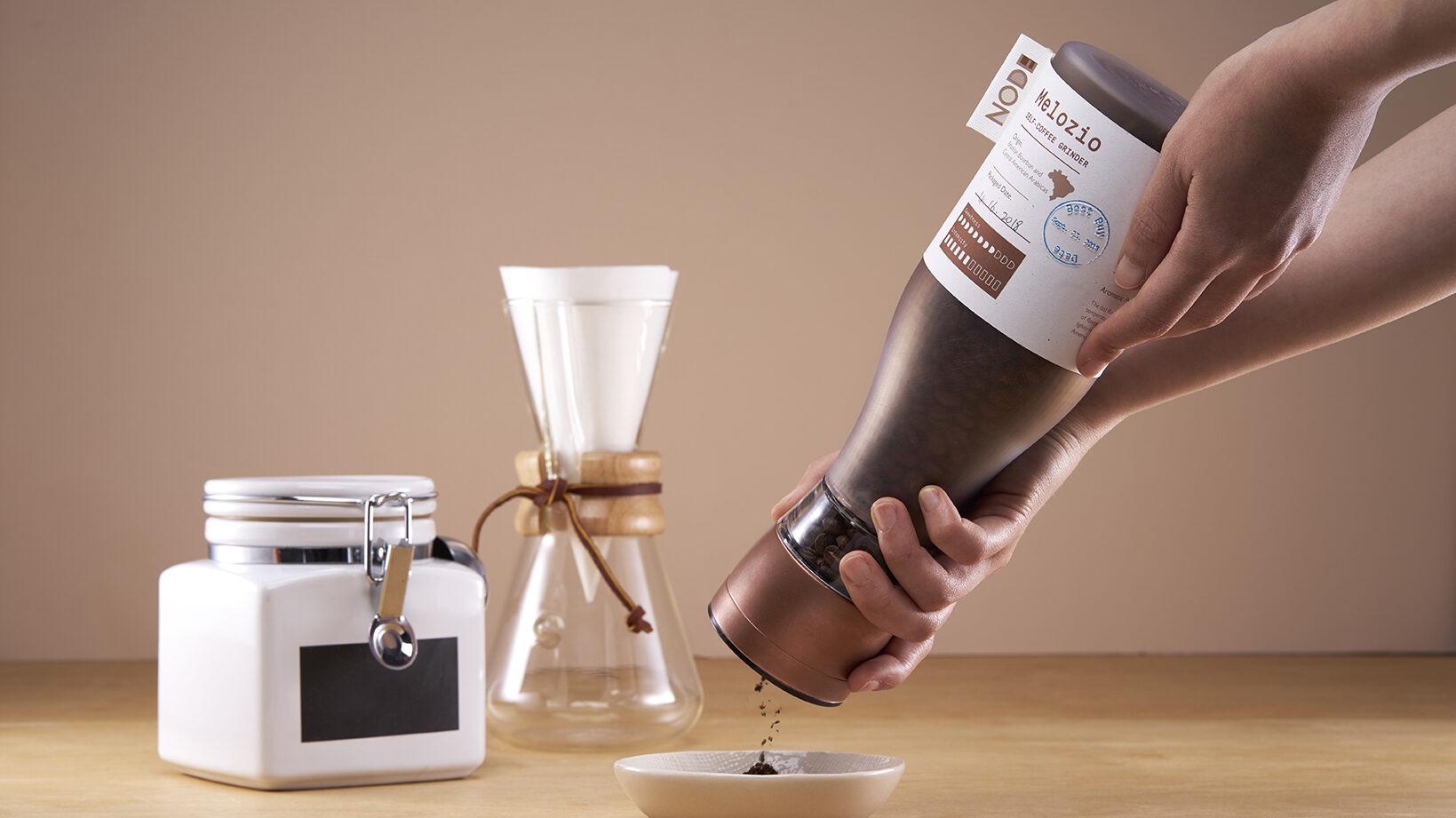
NODEBranding, Sustainable packaging
© Jisu Hwang 2023
© Jisu Hwang 2023